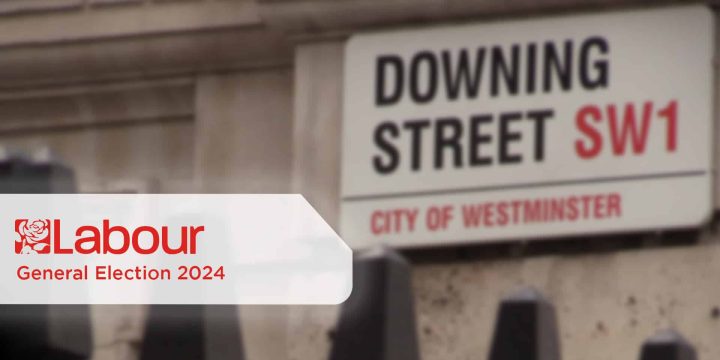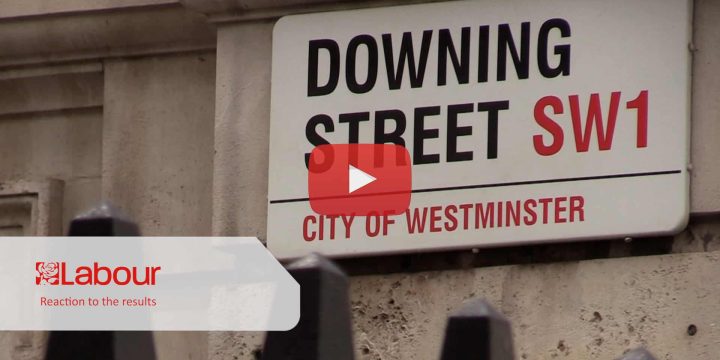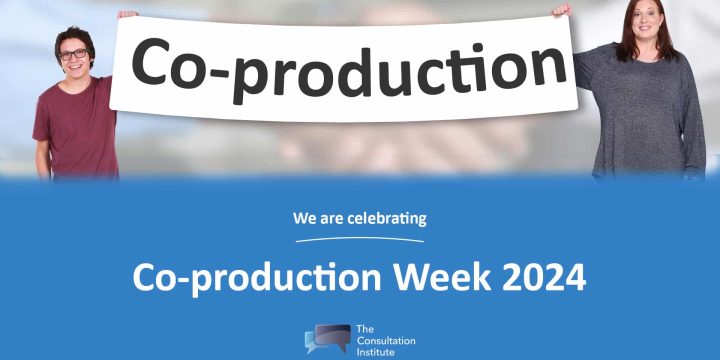News & Insights
What consultation lessons are there in the OECD-ONS Trust in Government survey?
In recent times the public’s faith in the Government has been seriously tested. Attritional news stories about scandals, sleaze allegations and other shenanigans have dealt body blows, and it doesn’t go too far to say that it was clearly a major factor in the toppling of Boris Johnson as PM. How fortunate then that courtesy of the Organisation for Economic Co-Operation and Development and the Office for National Statistics’ new report on trust in Government, released on Wednesday we can put some numbers to this.
The survey covered a wide range of indicators, and overall returns the , perhaps unsurprising, news that 35% of the UK population stated they trusted the Westminster Government, lower than the OECD average of 41%. Other public bodies fare a little better, with 42% trusting local government, and a positively whopping 55% trusting the Civil Service. Outside of government, the NHS (80%) and the courts and legal system (68%) do best on the ONS measures.
The report doesn’t just look at the overall level of trust in public organisations, but also delves a little deeper into individual aspects of public confidence. One of them was particularly interesting to us, as it covers participation and involvement. It can be found in worksheet 3.4 of this dataset, and gives us a few interesting titbits that we thought we might briefly examine.
The first of these is the examination of the question “If a decision affecting your community is to be made by the local government, how likely or unlikely do you think it is that you would have an opportunity to voice your views?” Compared to the OECD figures, 34 percent of the UK population think it’s unlikely that they would have an opportunity to express their views, as opposed to 38 percent of the OECD average. Perhaps a bit more optimistically, 51 percent of the UK population think it’s likely that they would, ten percentage points higher than the OECD’s average of 41%.
The second relates to the question “If you participate in a public consultation on reforming a major policy area, how likely or unlikely do you think it is that the government would adopt the opinions expressed?” On this one again, we’re very near the average. 49 percent UK vs 43% OECD think it’s unlikely their views will be adopted, 30% UK vs 33% OECD think it’s likely they will be. The population it would seem is more optimistic than we might sometimes think!
Analysis of both of these is difficult. In truth, we wouldn’t expect much more than being pretty average, though we might see the positivity towards local government engagement as a good thing. It might be interesting to see the responses ot a version of the first question applied at the national level as a means of seeing how well the Government communicates that they are consulting, and even a comparative version of the second question applied to the local level might be interested to see how they compare.
There are more points of interest further into the survey which might prove more enlightening. Worksheet 7.1 of the same data set covers the ability to participate in politics, and whilst again we come off largely average in the overall scheme of things, it is somewhat alarming that 36% of people don’t feel confident in their ability to participate, something that reminds us of our duties to ever reach out to those groups, the seldom heard, and give them what support they need to be able to contribute as fully as they would like. It’s a lot of people not to be hearing from…
A similar point arises, though one which most of us are decidedly less in a position to do anything about, when we consider that 58% of people in the UK don’t believe that the political system allows them to have a say in what the UK Government does. The UK Government, as we know, is a very prolific consultor, but this figure might imply that they need to become better at communicating opportunities to participate in the policy-making process, something which we would tend to agree with. There are wider issues on this point as well, that link in to voter apathy and the all-too-common feeling that politicians don’t really care about the public, but given that having a say in what the Government does goes directly to consultation, we’d say there are some potentially pretty straightforward solutions to this one.
One of the more curious points, which again might imply that we need ot improve how we communicate what consultation and engagement is can be found on sheet 7.2, which looks at what participation people have been involved with in the 12 months prior to the survey. The breakdown is as follows:
Voted in last local or municipal election (if there were any)- 56%
Contacted a politician, government or local government official– 22%
Attended a meeting of a trade union, political party or political action group– 5%
Participated in a Citizen Assembly, Citizen Dialogue or Citizen Jury– 1%
Provided input or feedback on government policy, law or document– 18%
Worn or displayed a campaign badge or sticker– 7%
Taken part in a public demonstration– 4%
Signed a petition, including an e-mail or online petition– 57%
Posted or forwarded political content on social media– 18%
Boycotted certain products for political reasons– 27%
None of these– 18%
Prefer not to answer– 1%
It displays a range of different types of political engagement, but perhaps most notable is the disparity between ‘Provided input or feedback on government policy, law or document’ (which we read as largely encompassing ‘traditional’ formal consultation (18%) and “Signed a petition, including an e-mail or online petition”. It would imploy that the public are much more inclined to just put their name to a petition, even if there is little chance of this influencing a decision, than to take the time for a consultation. The question of how to deal with petitions in consultation is a live, albeit reasonably well settled one, but it does make us wonder whether the public might be misdirecting passions and energies into things not likely to have the same impact as a consultation. Do we need to be better at explaining the difference?
The final point of interest is on sheet 11.1, where the question of information sources is considered. Given the focus on digital over the last couple of years, it might come as a surprise that by a not insignificant margin television, radio and newspapers are still the most popular information source, with three quarters reporting television as a source, 54 percent radio, and nearly 60 percent newspapers. In online methods, 47 percent use social media as an information source, but only a third use other online services. Whilst TV and radio advertising tends to be far too expensive for most public bodies, it is a striking reminder that digital is still not everything, and even those who are likely to have access to digital methods, don’t always use them in the same way.
As with all such exercises, the survey is one that might generate more questions than answers, and certainly we think there’s a lot for those involved in consultation and engagement to reflect on for their own work. Many of the issues, particularly around central Government policy-making are ones we’ve picked up on previously and continue to work on in the hope of securing improvement. We’ll see how we do, but until then, we commend the report to you- we’d be interested to hear your thoughts.



